A smarter SUV: Nissan’s new Juke gets serious with its tech spec
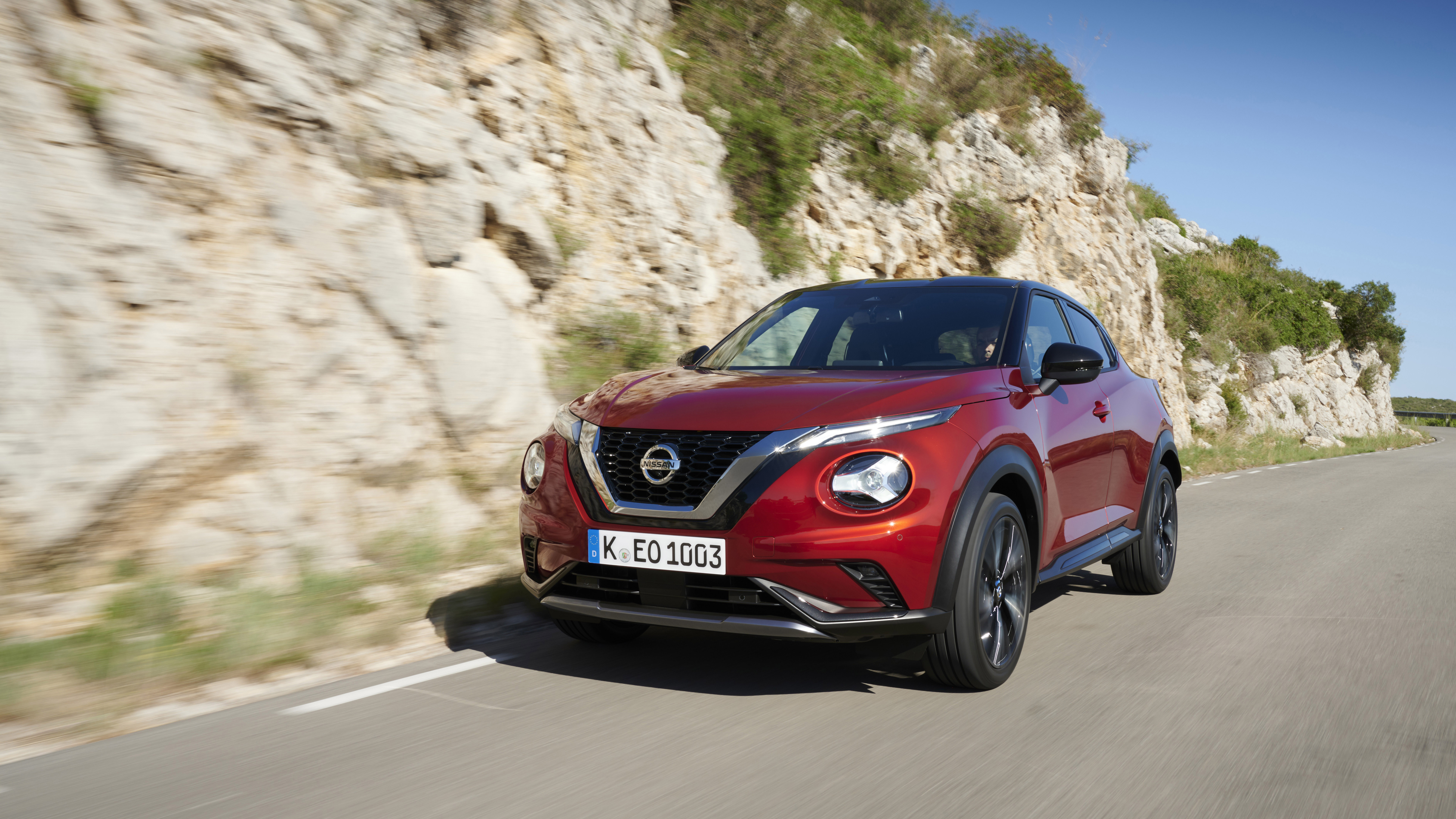
Nissan is keeping things nice and simple with the brand new Juke. There are just two model variants, both sharing what seems like a tiny engine for the size of the car. You can buy it with the one-liter DiG-T 117 horsepower six-speed manual gearbox or plump for a DCT automatic model with the same three-cylinder engine. That’s it. (Note that sadly the Juke is no longer available in the US.)
While the trim options are many and varied, the refreshingly straightforward powertrain options are welcome. You still get to give your Juke a bit of zing with those interior choices though thanks to Visia, Acenta, N-Connecta and Tekna packages to choose from. There are also eleven new exterior colours and two-tone paint comes as standard. Sign up for a Tekna+ model and you’ll get chunky 19-inch alloys into the bargain.
Considering its size – it’s a smidgen longer than the outgoing model – the new Nissan Juke looks like it has the potential to be underpowered. But, while it’s only got that 999cc three-cylinder turbocharged engine, it’s much better than you might think. Way better than the older bigger-engined car in fact. We got to try our premium specification model Juke on city streets and mountain roads and, generally, it was pretty punchy.
Pleasingly agile
The handling feels pleasingly agile as you wend your way through busy city streets with our automatic edition having the benefit of Nissan’s ProPilot driving assist. That doesn't come with the manual incidentally. Hit the highway though, and you notice the steering become heavier when Sport mode is selected, done via a button down by the shifter. The automatic model we drove also featured the big 19-inch alloys too, which delivered an even loftier view from the accommodating interior.
Heading up steep and tortuously winding mountain roads was interesting, in a good way. If you switch the automatic gearbox to flappy paddle mode the Juke struggles a bit with all the activity as you flick through the numbers. Once you get the hang of it though the automatic is quite a lot of fun.
And, naturally, in full auto mode the driving experience is simplicity itself. That turbo delivers some extra puff when needed too, especially when you want to get past a rather more sedate fellow motorist.

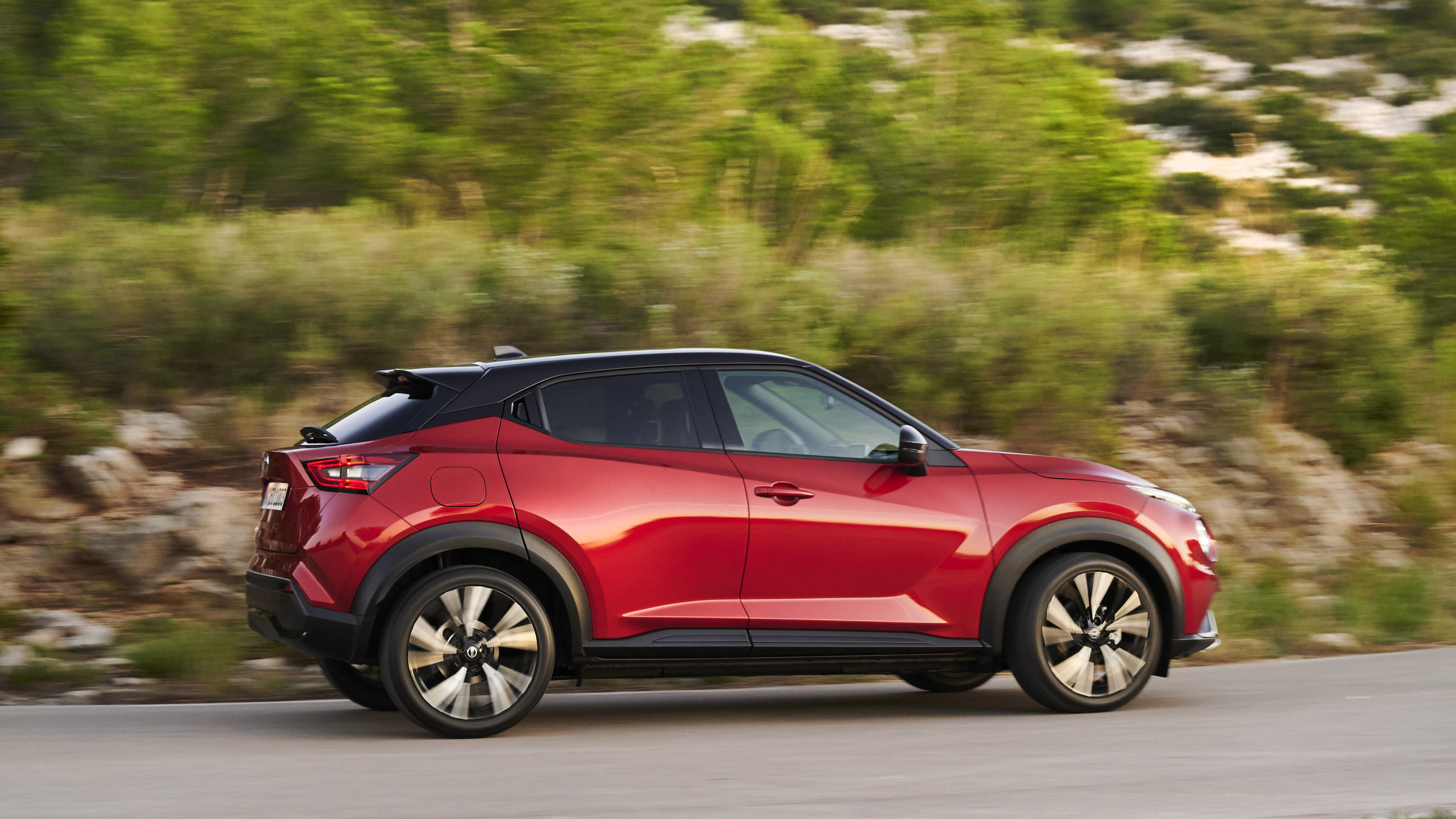
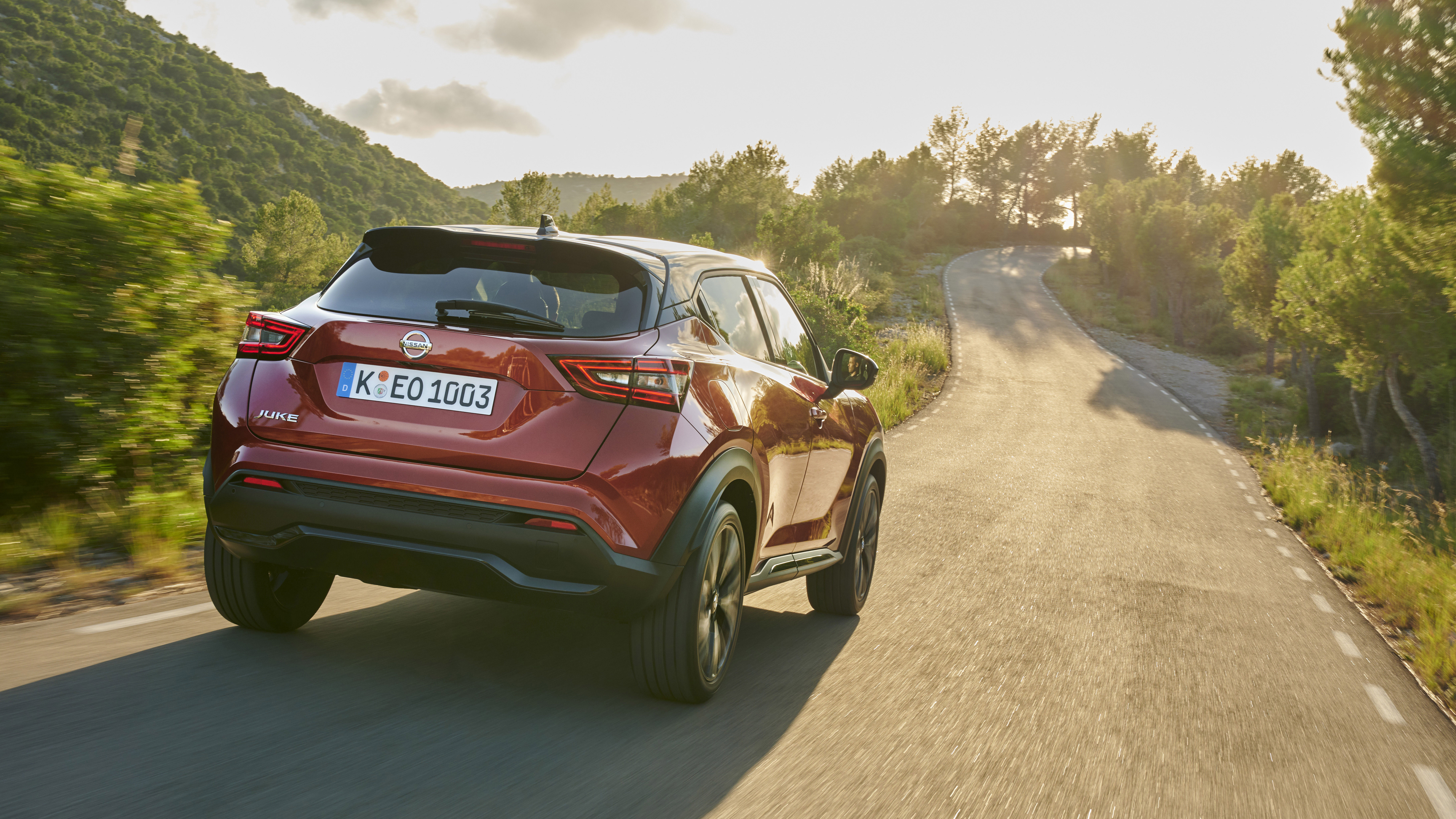
Meanwhile, there’s quite a lot to like on the inside of the Juke, with a snazzy interior that features lots of quality materials, particularly in the premium Tekna+ offering. Ours had very lively Energy Orange accents on the dashboard, door panels and armrest, which we got to like the more we drove the car.
Sign up for breaking news, reviews, opinion, top tech deals, and more.
The ambient lighting around the gear lever looks good too. There are other cool styling touches, with an arrangement of bulbous vents proving irresistible to the touch. The front seats are also a very nice part of the package with our model feeling super comfy and all-enveloping. A leather steering wheel tops it off.
Tech upgrade
But it’s the tech aspect that has been also been upgraded with Juke two. Opt for the higher-specification if you can and get the eight-speaker Bose Personal Plus audio system, which is standard from the Tekna model upwards.
Our car had it and the sound was decidedly muscular with two sets of Bose ultra-nearfield speakers incorporated into the front seat headrests. You can access controls for these via the seven-inch infotainment screen and, along with boosting bass and treble, it’s possible to make them deliver 360-degree hi-fi to everyone inside the car.
The infotainment system is also very decent. There’s Apple CarPlay and Android Auto plus TomTom Maps and LiveTraffic. Nissan says that early in 2020 the Juke will also feature in-car Wi-Fi.
As is the norm, there’s also a supporting app that lets you keep tabs on your pride and joy, as well as being able to track your journey history and so on.
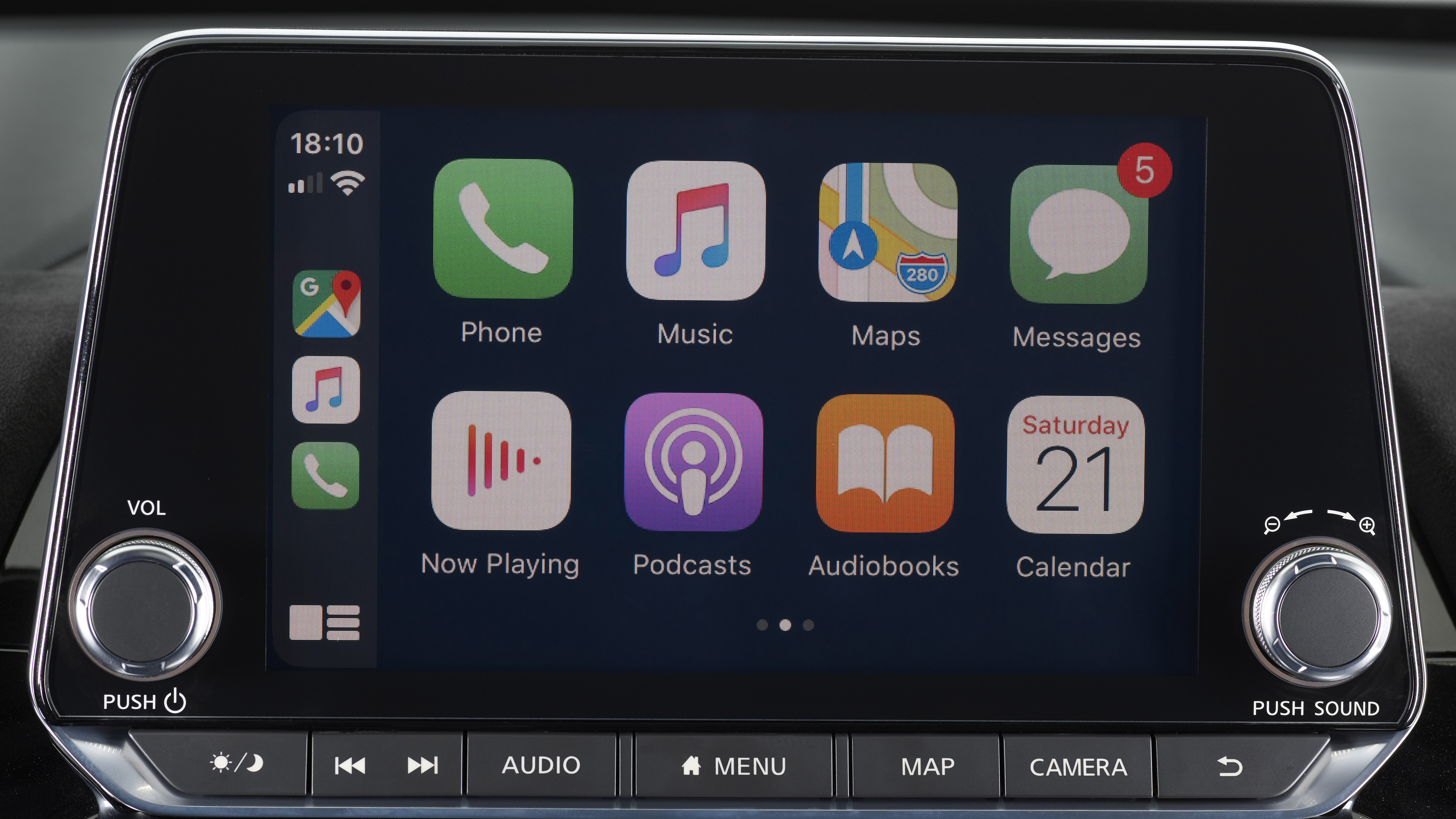
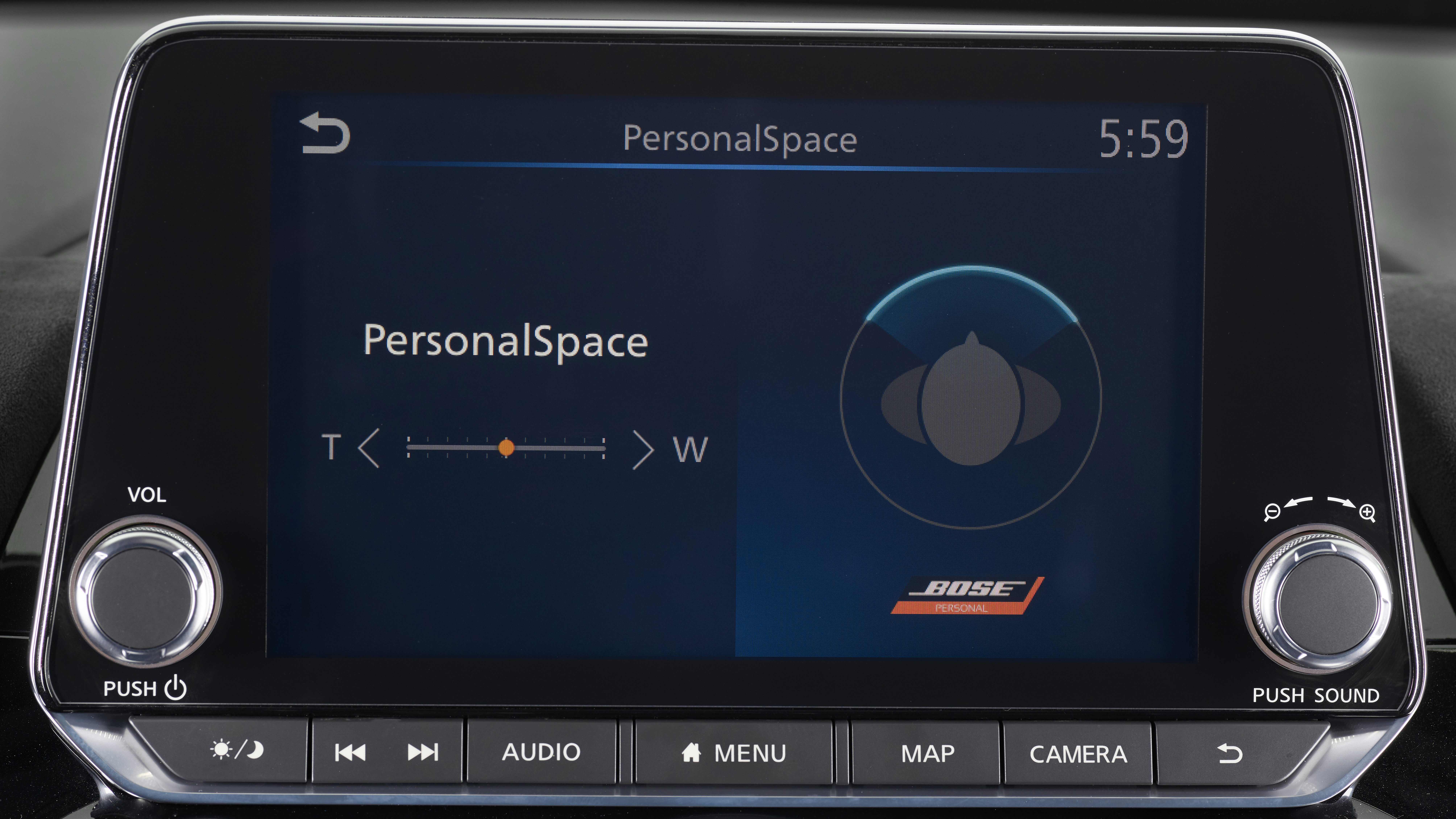
However, it’s worth noting that while a base level Visia model starts at £17,395 (about $22,000, AU$32,000) you’ll pay over £25,000 (about $32,000, AU$47,000) for the bells and whistles Tekna+ or Premiere Edition cars. And, as a result, there are compromises on the lower-end editions, including the fact that Visia and Acenta models only get a 4.2-inch TFT as opposed to the seven-inch screen in the pricier cars. If you like lots of screen real estate you’ll need to pay extra for it.
Smart assistance
Nissan has packed lots of safety functionality into the new Juke too, with the likes of intelligent emergency braking featuring pedestrian and cyclist recognition proving handy around town.
We found it quite keen to get involved on our model, even when there wasn’t anything to get too worried about. Nevertheless, it’s a valuable commodity to have on tap. Intelligent lane intervention and warnings are similarly useful if you enjoy the feeling of a bit smart assistance while you drive down the motorway.
Models with the better Tekna specification get additional tech treats, including intelligent cruise control, the aforementioned ProPilot on the automatic along with blind spot intervention, rear cross-traffic alert and the rather good Around View Monitor that delivers universal views of your Juke thanks to a 360-degree camera, plus more besides.
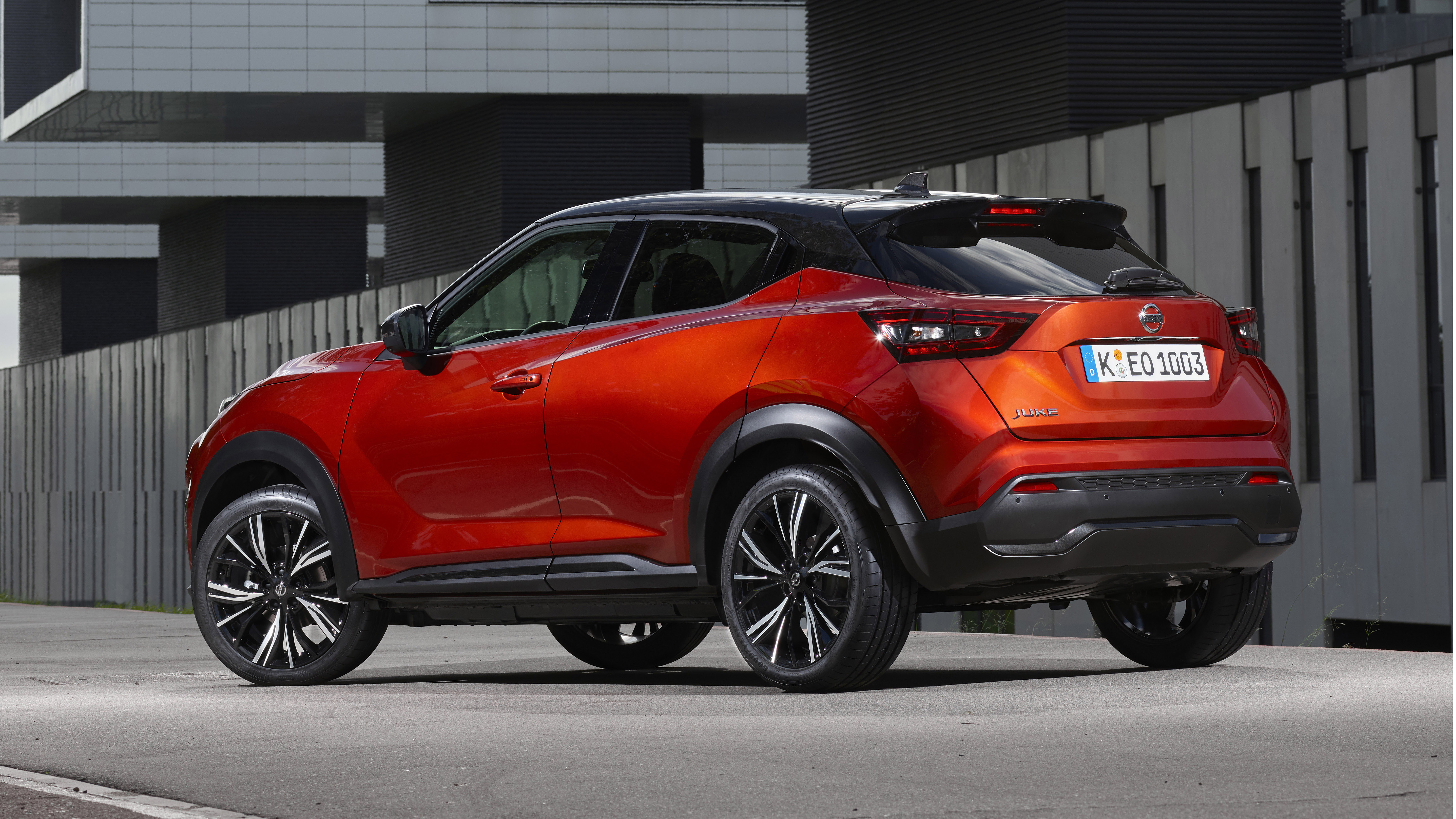

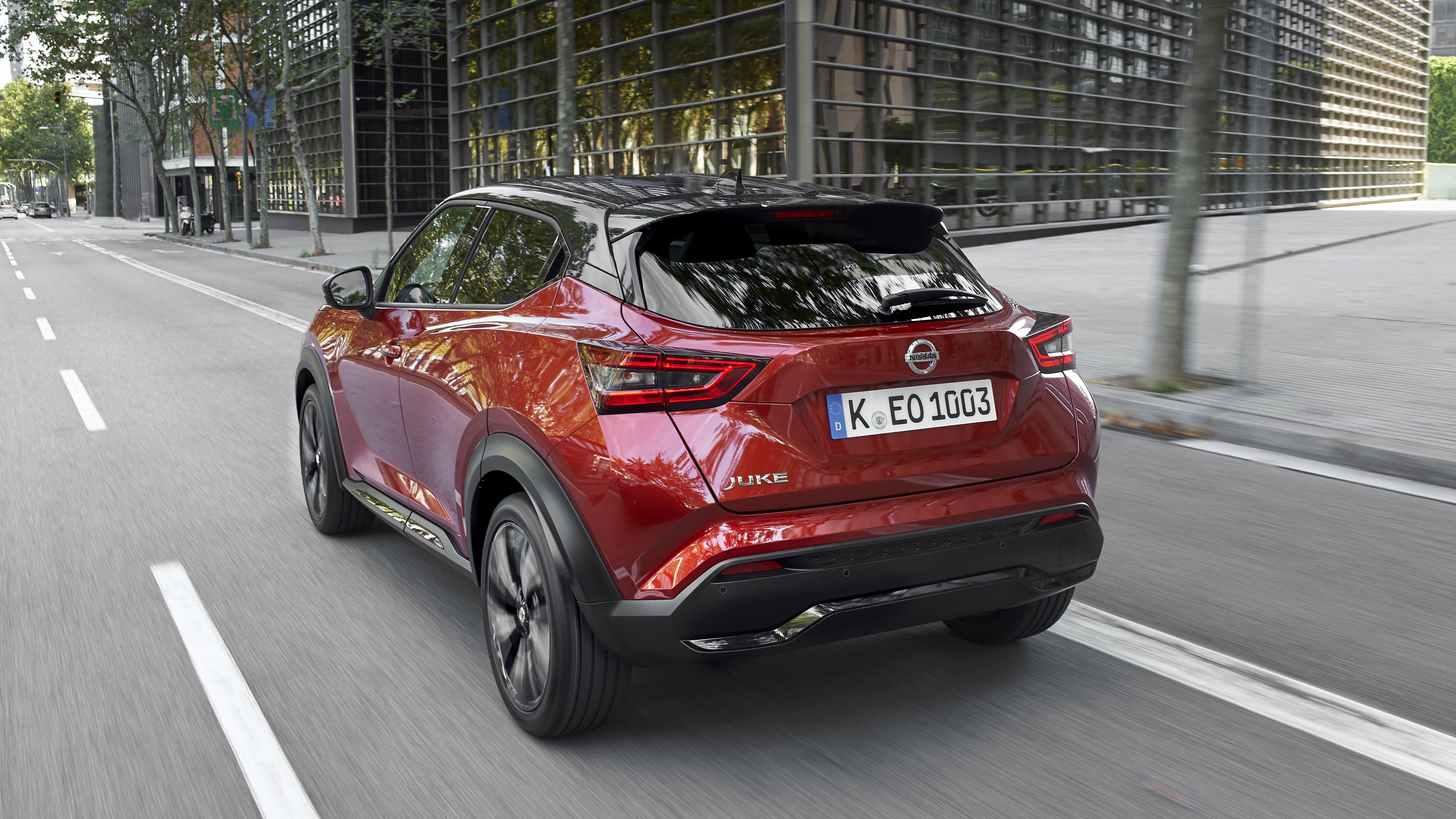
We should just mention the trunk because thanks to some deft restyling, which splits the taillights, there’s a wider opening. That means you get 422 litres of space to play with and easier loading. It’s impressive. The rear seats feel a little bit roomier, with some fine-tuning allowing greater headroom and definitely more space for those with long legs. All in all, and including the extra trimmings, the Juke feels like a solid package.
There won’t, unsurprisingly, be a diesel but the new manual Nissan Juke delivers around 45-47mpg, which is respectable though you’ll doubtless get less with the auto version. There’s every reason to feel that it could do at least as well as the original goofball Juke and, perhaps, even better. Not bad for an original idea that’s been around for a decade or so and got the ball rolling for the whole supermini crossover brigade.

Rob Clymo has been a tech journalist for more years than he can actually remember, having started out in the wacky world of print magazines before discovering the power of the internet. Since he's been all-digital he has run the Innovation channel during a few years at Microsoft as well as turning out regular news, reviews, features and other content for the likes of TechRadar, TechRadar Pro, Tom's Guide, Fit&Well, Gizmodo, Shortlist, Automotive Interiors World, Automotive Testing Technology International, Future of Transportation and Electric & Hybrid Vehicle Technology International. In the rare moments he's not working he's usually out and about on one of numerous e-bikes in his collection.